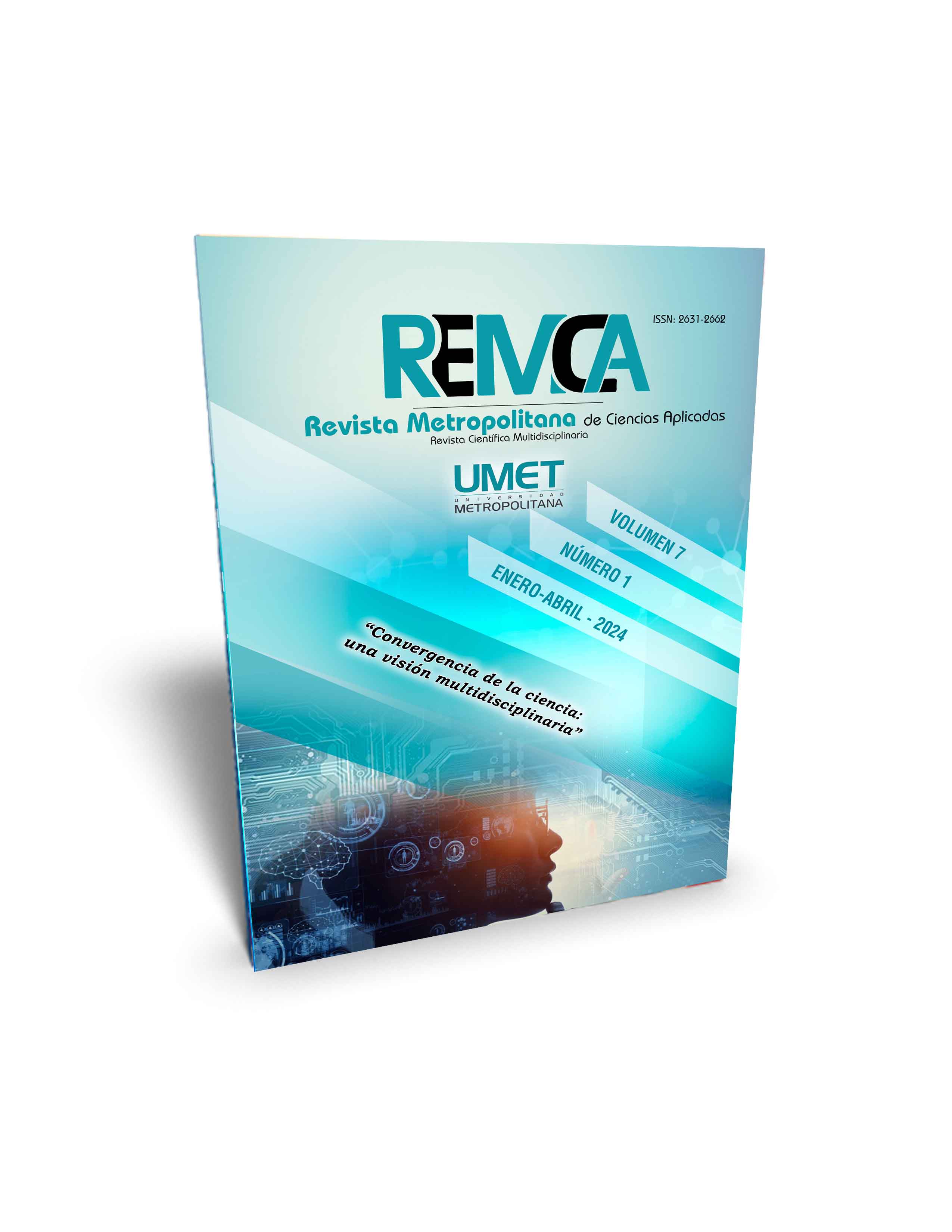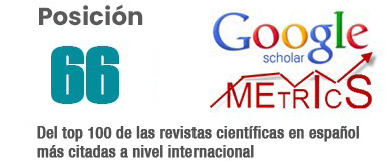Legal protection of the right of possession in the ecuadorian context
DOI:
https://doi.org/10.62452/kvg54x85Keywords:
Possession, domain, possessory actions, possessory guardianship, fair titleAbstract
The legal protection of the right of possession in Ecuador is a controversial and unfinished matter despite being an old legal institution and developed in the doctrine of Civil Law. There are not a few controversies that arise due to the occupation of property or belongings of others due to the lack of knowledge of the rights generated by the peaceful, calm, uninterrupted and good faith possession of the possessor. The study aims to analyze the legal protection of possession, identify the principles of law that allow the legal defense of possession and promote its theoretical development. The concepts of domain and possession are taken as starting points, as well as the way in which they are regulated in the Ecuadorian Civil Code. A methodology based on the documentary and legal study is used with the application of the exegetical method, analysis, synthesis and legal theory. A set of principles derived from Law in general and, from civil science in particular, applicable to the right of possession are proposed, and the elements, foundations, legal nature and relationship of possession with the right to property are summarized.
Downloads
References
Alvear Icaza, P., & Alvear Bardellini, P. (2011). Derechos Reales. Teoría General. Estudios Jurídicos Alvear.
Avendaño Valdés, J. (2013). Diccionario Civil. Gaceta Jurídica .
Belmar, E. (2023). Sobre la utilidad de la posesión viciosa. https://vlex.cl/vid/utilidad-posesion-viciosa-231605573
Bonnecase, J. (1997). Tratado Elemental de Derecho Civil. http://biblioteca.corteidh.or.cr/tablas/30241.pdf
Claro Solar, L. (2013). Explicaciones de derecho civil chileno y comparado. Editorial Jurídica Chile .
Ecuador. Asamblea Nacional. (2014). Código Orgánico Integral Penal. Registro Oficial No. 180. https://www.oas.org/juridico/PDFs/mesicic5_ecu_ane_con_judi_c%C3%B3d_org_int_pen.pdf
Ecuador. Asamblea Nacional. (2015). Código Orgánico General de Procesos. Registro Oficial Suplemento 506. https://www.ces.gob.ec/lotaip/2021/Marzo/a2/C%C3%B3digo%20Org%C3%A1nico%20General%20de%20Procesos,%20COGEP.pdf
Ecuador. Congreso Nacional. (2005). Código Civil. Registro Oficial 46. https://www.consejodecomunicacion.gob.ec/wp-content/uploads/downloads/2019/11/lotaip/4.-%20CODIGO%20CIVIL%20A%20OCT%202019_.pdf
Friorella, P. E. (2023). ¿Por qué se protege la posesión?: Fundamentos de la tutela posesoría. https://lpderecho.pe/por-que-se-protege-la-posesion-fundamentos-de-la-tutela-posesoria/
Gómez Guarnizo, M. G. (2014). La Posesión Medio para Legitimar al Dominio. (Trabajo de titulación). Universidad Central de Ecuador.
Larrea Holguín, J. (2009). Manual Elemental de Derecho Civil del Ecuador. Corporación de Estudios y Publicaciones.
Mazeaud, H., Manzeud, L., & Manzeud, J. (1976). Lecciones de Derecho Civil. Ed. Jurídicas Europa-América.
Reino de España. Ministerio de Gracia y Justicia. (1889). Real Decreto de 24 de julio de 1889 por el que se publica el Código Civil. https://www.boe.es/buscar/pdf/1889/BOE-A-1889-4763-consolidado.pdf
Rivero Valdés, O. (2002). Temas sobre Derechos Reales. Félix Varela.
Smart Company . (2023). Qué son las acciones de amparo posesorio Ecuador 2023 y/o acciones posesorias. https://smartcompany.ec/civil/que-son-las-acciones-posesorias-y-o-amparo-posesorio/#:~:text=o%20acciones%20posesorias.-,Que%20son%20las%20acciones%20de%20amparo,2023%20y%2Fo%20acciones%20posesorias.&text=Es%20una%20acci%C3%B3n%20judicial%20que,hecho%20material%20de%20la%20posesi%C3%B3n
Vodanovic, A. (1998). Curso de Derecho Civil, basado en las clases de Arturo Alessandri y Manuel. Editorial Jurídica de Chile.
Downloads
Published
Issue
Section
License
Copyright (c) 2024 Katherine Charlotte Monroy-Criollo, Diana Camila Ruiz-Rodríguez, Guido Miguel Ramírez-López (Autor/a)

This work is licensed under a Creative Commons Attribution-NonCommercial-ShareAlike 4.0 International License.
Authors who publish in Revista Metropolitana de Ciencias Aplicadas (REMCA), agree to the following terms:
1. Copyright
Authors retain unrestricted copyright to their work. Authors grant the journal the right of first publication. To this end, they assign the journal non-exclusive exploitation rights (reproduction, distribution, public communication, and transformation). Authors may enter into additional agreements for the non-exclusive distribution of the version of the work published in the journal, provided that acknowledgment of its initial publication in this journal is given.
© The authors.
2. License
The articles are published in the journal under the Creative Commons Attribution-NonCommercial-ShareAlike 4.0 International License (CC BY-NC-SA 4.0). The terms can be found at: https://creativecommons.org/licenses/by-nc-sa/4.0/deed.en
This license allows:
- Sharing: Copying and redistributing the material in any medium or format.
- Adapting: Remixing, transforming, and building upon the material.
Under the following terms:
- Attribution: You must give appropriate credit, provide a link to the license, and indicate if any changes were made. You may do this in any reasonable manner, but not in any way that suggests the licensor endorses or sponsors your use.
- NonCommercial: You may not use the material for commercial purposes.
- ShareAlike: If you remix, transform, or build upon the material, you must distribute your creation under the same license as the original work.
There are no additional restrictions. You may not apply legal terms or technological measures that legally restrict others from doing anything the license permits.




